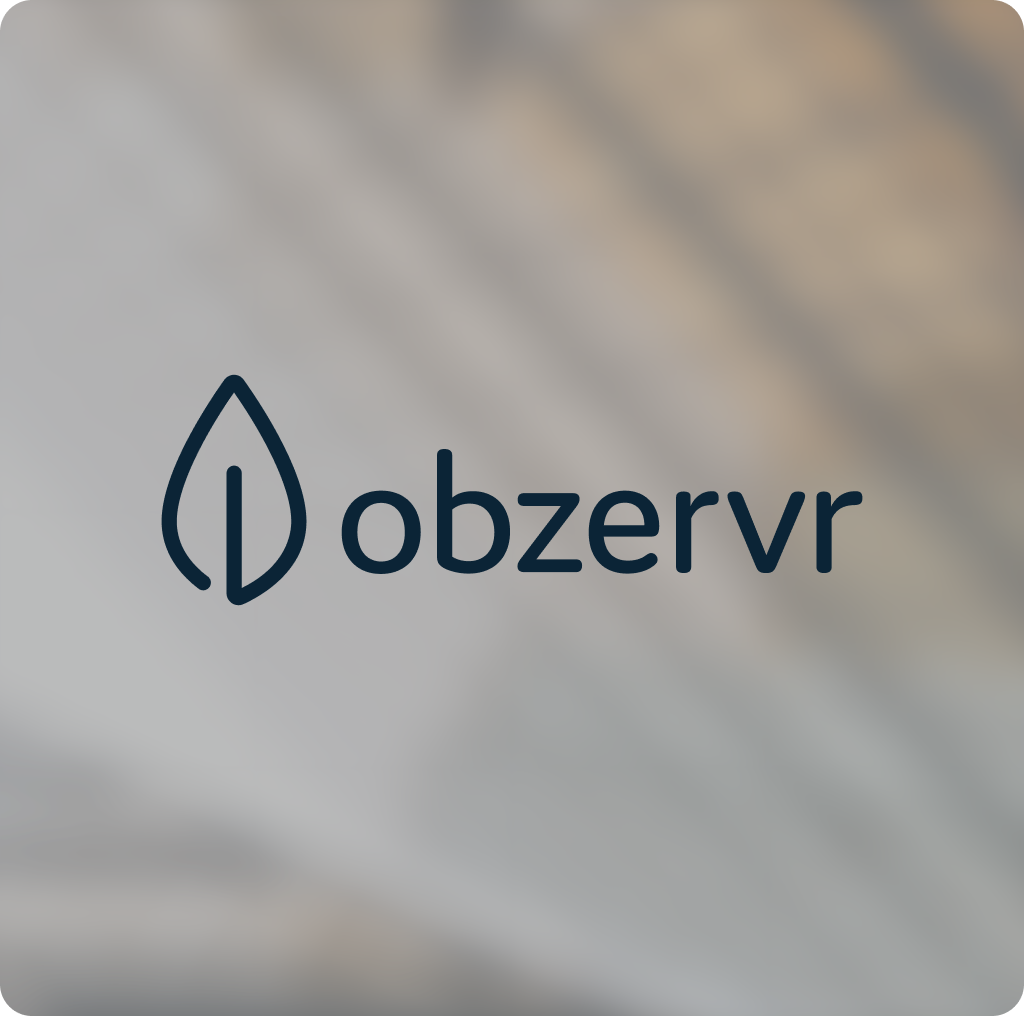When teams talk about streamlining work, two words usually come up: integration and automation.
They sound similar — and in practice, they often overlap. But understanding how they differ (and where they connect) is the key to building scalable, efficient business processes.
At Getint, we see this every day. Companies connect Jira with ServiceNow, Azure DevOps, or Salesforce not just to move data, but to reshape how their entire business operates. Integration and automation are two sides of the same coin — both helping organizations reduce manual tasks, eliminate data silos, and unlock future growth.
What Is Cross-Platform Integration?
Cross-platform integration is the art of connecting different systems so they can exchange data seamlessly.
Think of your tools — Jira for development, ServiceNow for ITSM, and Salesforce for CRM. Each serves a unique purpose, yet your teams rely on all of them to deliver one customer experience.
Without integration, information stays locked inside data silos, forcing business users to jump between tabs, re-enter updates, and risk human error.
With the right integration strategy, these systems communicate directly — tickets update automatically, customer information stays aligned, and decision-making becomes faster and more reliable.
In short, integration helps your business processes flow as if everything lived in one system.
What Is Automation?
Automation, on the other hand, focuses on automating repetitive tasks and manual processes inside or across systems.
While integration connects platforms, automation makes things happen automatically.
Automation takes actions based on defined triggers:
- When a Jira issue moves to “Done,” notify a ServiceNow agent.
- When a Salesforce deal closes, create a new project in Monday.com.
- When a ticket stays unresolved for too long, escalate it automatically.
Modern automation platforms and automation tools let teams build rules that run behind the scenes — saving time, reducing errors, and improving efficiency across departments.
For example, Getint automates synchronization between Jira and ServiceNow so that every status update, comment, or attachment appears instantly on both sides — no manual intervention needed.

Integration and Automation: Two Sides of the Same Coin
While integration ensures that multiple systems “talk” to each other, automation defines what happens when they do.
Together, they reshape how a business operates — removing friction and enabling enhanced efficiency across business teams and operations.
Here’s a simple analogy:
- Integration is like building a bridge.
- Automation is like setting up traffic lights and automatic tolls that keep the flow safe and fast.
When implemented together, integration and automation deliver operational efficiency, help companies reduce costs, and give them a competitive edge.
Automation Strategies for Future Growth
Implementing automation isn’t just about using pre-built templates or simple triggers. It’s about defining automation strategies that align with your business goals and integration needs.
Here’s what business leaders should consider:
- Start with clarity. Identify repetitive tasks that add little value but consume time and resources.
- Build a foundation. Choose an integration platform that supports your existing data models and technologies.
- Think long term. Automation should not only save time today but also scale with your company’s future growth.
- Ensure traceability. Maintain audit trails and version history for every automated process — especially critical in regulated industries.
- Stay adaptable. As your tools evolve, so should your automation. Continuous improvement keeps your workflows aligned with changing business operations.
With the right tools and strategy, automation becomes a game changer — transforming how teams collaborate, report, and deliver value.
How Integration Strengthens Automation (and Vice Versa)
When automation and integration come together, organizations can streamline complex business processes end-to-end. For instance:
- Integration ensures data moves between systems accurately.
- Automation ensures that data triggers meaningful actions.
Together, they form a digital nervous system for your company — improving coordination, reducing operational costs, and enabling smarter decision-making.
This synergy is especially powerful for enterprises managing large volumes of enterprise data across different systems and departments.
It’s not about choosing between integration and automation. It’s about letting both work together to solve problems that manual intervention never could.
Integration vs Automation: Which Comes First?
Many organizations ask: “Should we integrate first or automate first?”
The truth is — integration lays the foundation, while automation amplifies it.
Start by connecting your systems so data flows freely. Then, build automation on top to manage exceptions, approvals, and notifications. That’s how you create a self-sustaining, intelligent environment that continuously improves efficiency and helps your business stay ahead.
Why Businesses Choose Getint
Getint provides pre-built connectors and fully customizable options to integrate workflows between Jira, ServiceNow, Azure DevOps, Salesforce, Monday.com, and many more.
Our platform empowers companies to:
- Synchronize data seamlessly between different systems
- Reduce manual tasks by enabling real-time data exchange
- Maintain audit trails and full control over data security
- Deploy integrations securely within their own environment
Thousands of organizations rely on Getint to connect their tools, unify data, and eliminate silos — improving operational efficiency and supporting sustainable growth.
By focusing entirely on integration, Getint enables teams to build the foundation for automation, without relying on external automation platforms.

Key Takeaways
- Integration connects your systems so information flows freely across teams and tools.
- Once data is synchronized, automation can naturally emerge as a result of integrated workflows.
- A strong integration strategy supports all future automation strategies and business goals.
- The goal isn’t just to connect tools — it’s to empower the way your business operates.
Cross-platform integration and automation aren’t competitors — they’re partners.
Integration builds the infrastructure. Automation thrives on it. Together, they help modern enterprises stay connected, efficient, and ready for future growth.
See How It Works in Action
Ready to connect your systems and eliminate the gaps between tools?
👉 Book a personalized demo with Getint — and see how seamless, secure integrations can help your teams save time, reduce errors, and scale collaboration across platforms.






















